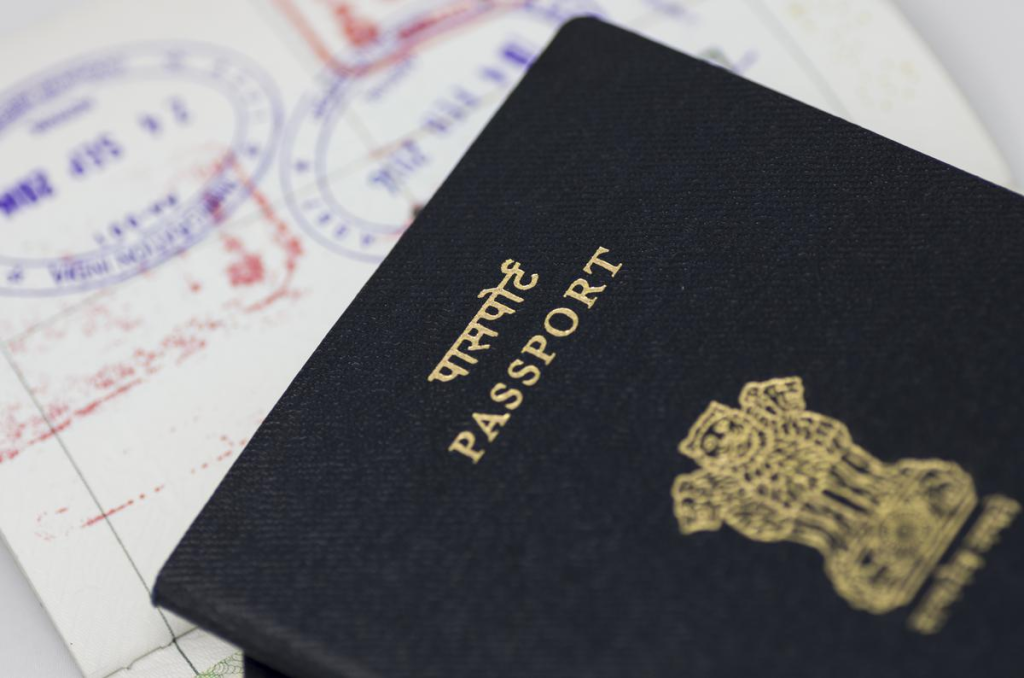
In a significant development, the United States has recently made amendments to the eligibility criteria for Indians who are eagerly awaiting their Green Cards. This change comes as welcome news for thousands of Indians who have been navigating through the complex immigration process in the hopes of obtaining permanent residency in the country. With the revised norms, the U.S. government aims to streamline the process and provide a more accessible pathway for deserving candidates. Let’s delve deeper into these new changes and understand their implications.
Background: The Journey to a Green Card
Before we dive into the recent changes, let’s quickly recap the journey an individual undertakes to secure a Green Card in the United States. A Green Card, officially known as a Permanent Resident Card, grants foreign nationals the right to live and work permanently in the country. It is a highly sought-after document that opens up a multitude of opportunities for individuals and their families.
Traditionally, the process of obtaining a Green Card has been a lengthy and complex one. Various factors such as employment-based preferences, family relationships, and diversity lottery programs determine an individual’s eligibility. Among these factors, employment-based preferences have been a common route for skilled professionals, including Indians, to pursue permanent residency.
The Easing of Norms for Indians
With the recent changes in eligibility criteria, the U.S. government has aimed to address some of the challenges faced by Indians seeking a Green Card. These modifications bring about a more inclusive approach and aim to expedite the process for qualified individuals.
1. Removal of Country-Specific Quotas
One significant change is the removal of country-specific quotas for employment-based Green Cards. Previously, there were per-country limits that often caused substantial backlogs, particularly for highly populous countries like India and China. This resulted in prolonged waiting periods for individuals from these countries, leading to frustration and uncertainty.
By eliminating these quotas, the U.S. government acknowledges the importance of merit-based immigration and aims to prioritize skills and qualifications rather than country of origin. This change ensures a fairer and more efficient allocation of Green Cards to deserving candidates.
2. Recapturing Unused Green Cards
Another positive change introduced is the recapturing of previously unused Green Cards from previous years. In certain cases, due to administrative constraints or lower demand, the available visa numbers for a given year were not fully utilized. Under the revised norms, these unused visa numbers will be added to the following year’s quota, allowing more individuals to receive their Green Cards expeditiously.
This provision aims to prevent wastage of available visas and minimize the overall waiting time for applicants. It signifies a proactive approach by the U.S. government to utilize all available resources and accommodate a larger number of deserving individuals.
3. Modernization of Visa Processing
Recognizing the need for an efficient and technologically advanced system, the U.S. government has prioritized the modernization of visa processing. This initiative aims to leverage technology and automation to streamline the application process, reduce paperwork, and expedite decision-making.
The introduction of online portals, digital document submission, and real-time status updates will enhance the overall experience for applicants. This digital transformation ensures a smoother and more transparent process, minimizing delays and enhancing efficiency.
Implications and Benefits
The easing of eligibility criteria for Indians awaiting Green Cards brings several implications and benefits for the community. Let’s explore some of the significant impacts:





